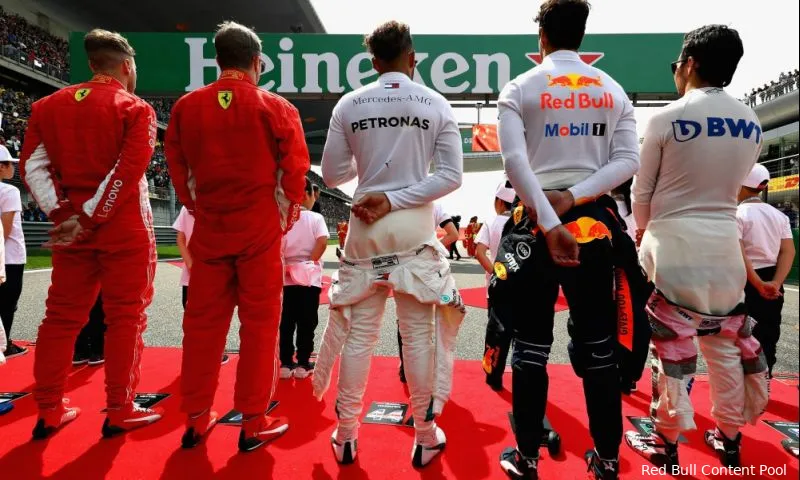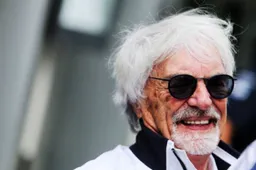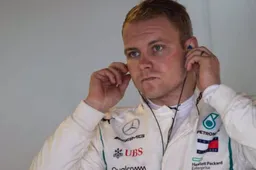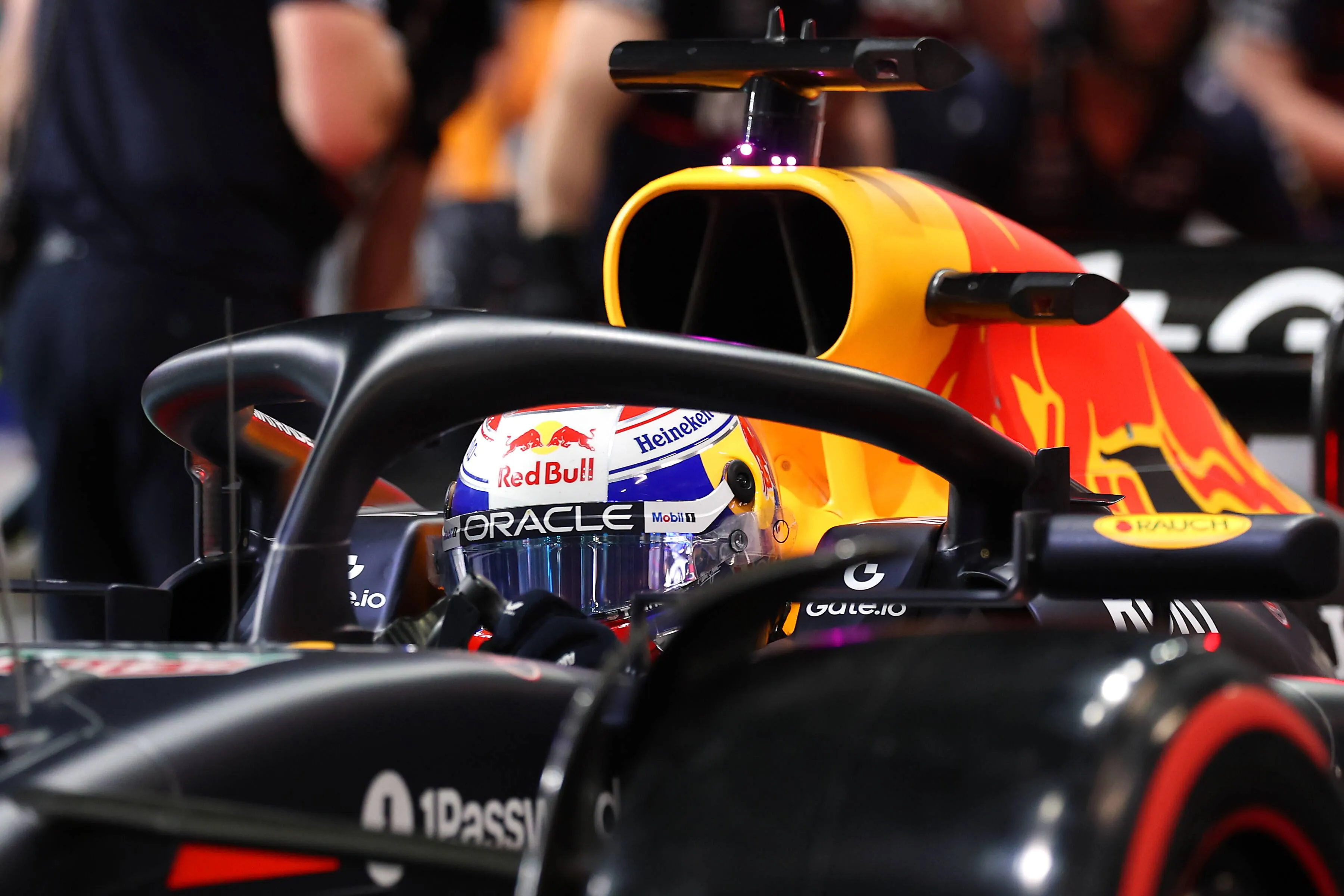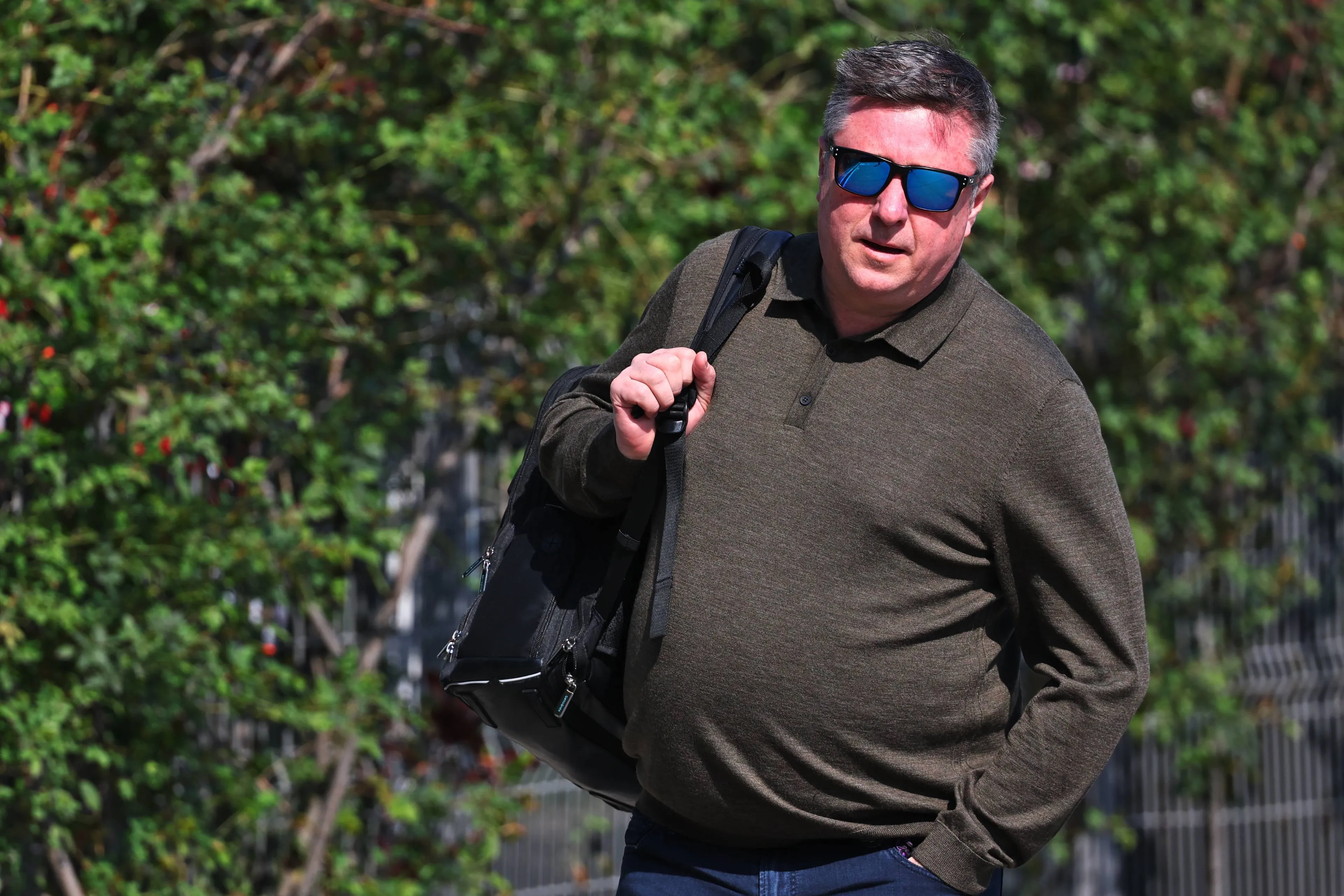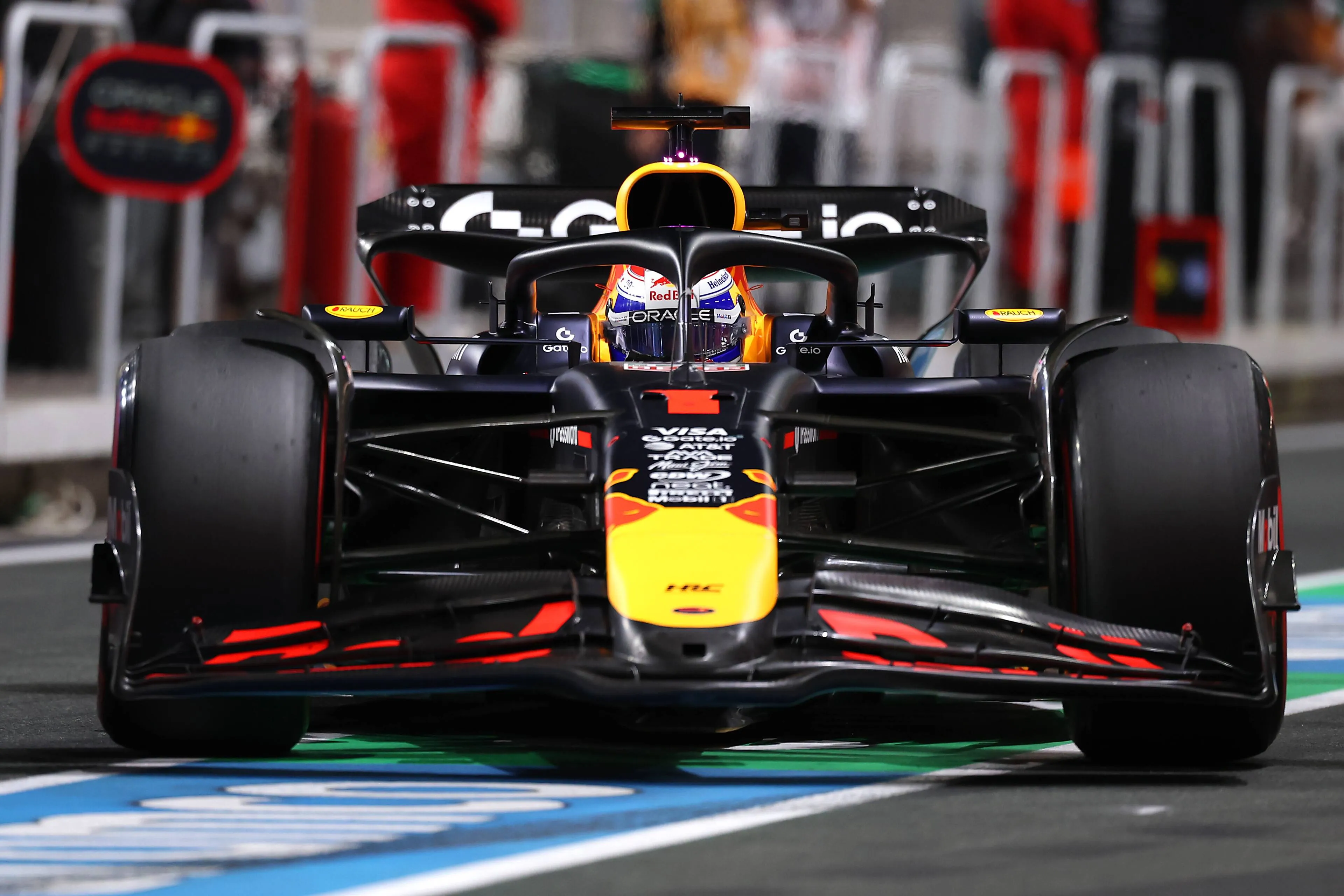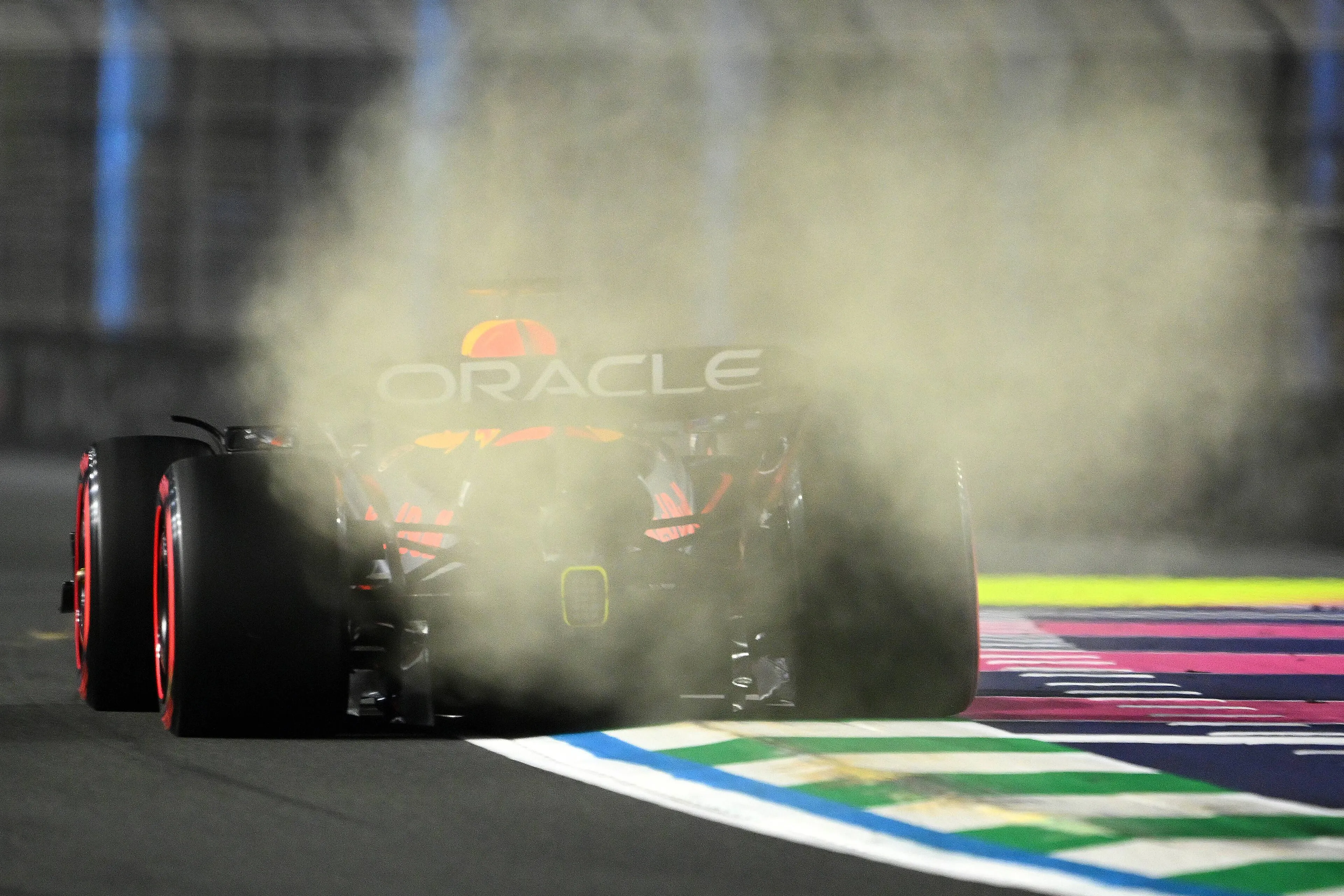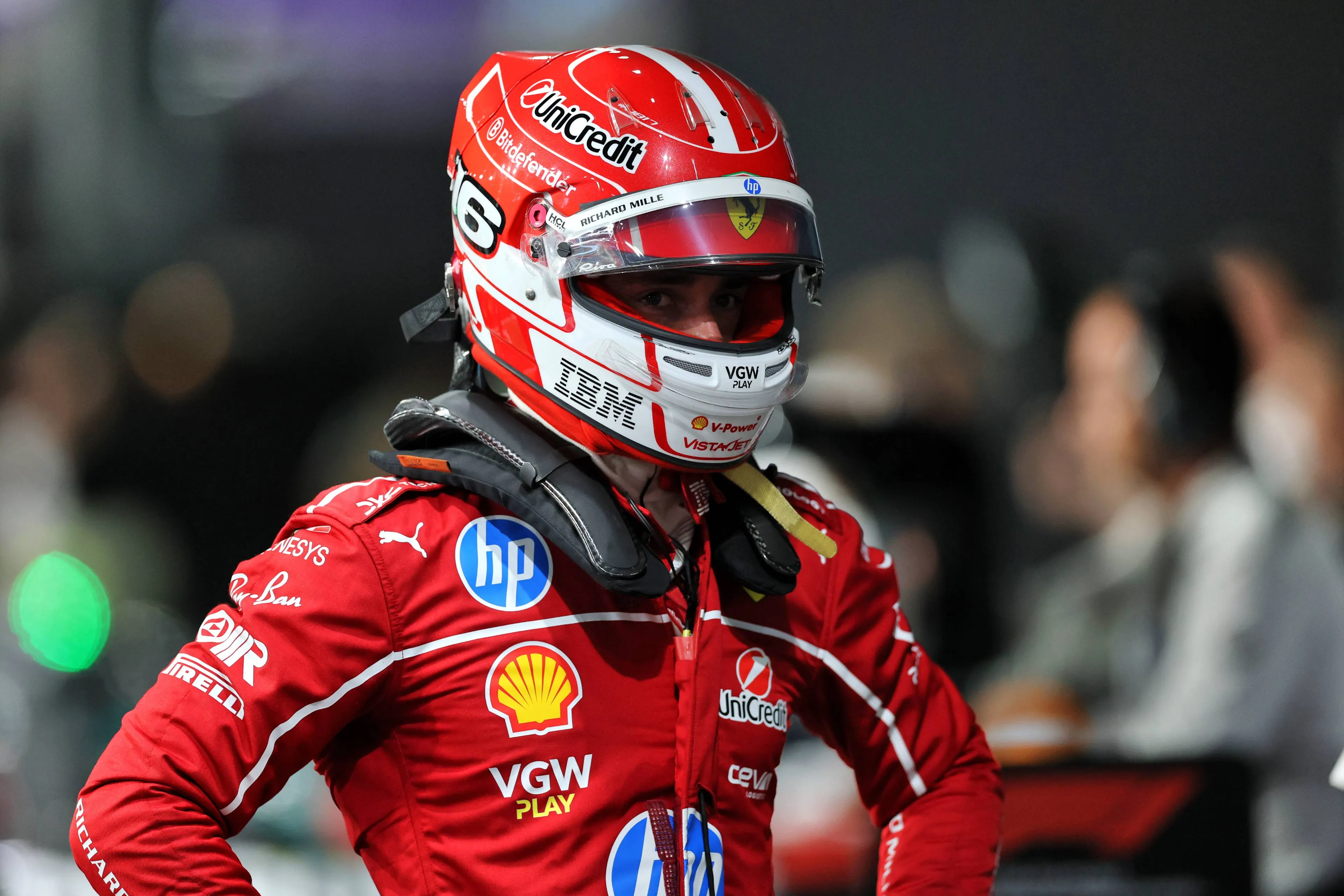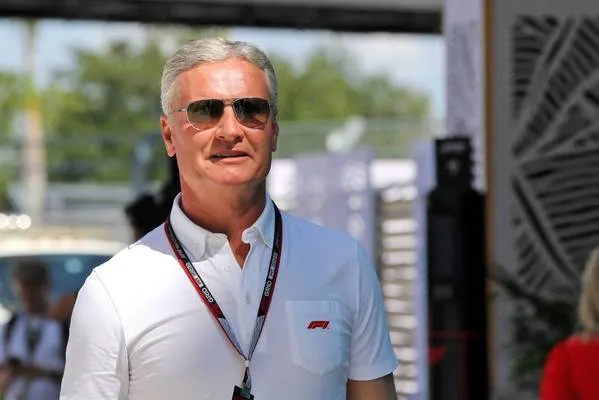Aerodynamic changes are grabbing the bulk of the attention for the upcoming season, but there's plenty of changes which may have slipped under the radar.
Both the front and rear wings are adjusted with the hope it will tackle overtaking troubles. The naming system has also been altered to try and make it easier for casual fans to understand.
However, there are a few more noteworthy changes that haven't been drawn upon.
Safety car in drama!
Overtaking after a safety car has returned to the pits will now only be allowed once the leader crosses the start/finish straight rather than the first safety car line, usually placed before the final turn.
The end of Saturday party time?
Teams must now keep auxiliary oil tanks empty during all sessions in qualifying. Extra oil burning, which could give teams a boost, is no longer permitted.
The up and coming get a helping hand
The 60-person team-personnel remains the same. However, for six occasions during the year, teams will be allowed to bring in trainee personnel. Each junior man can work over two Grands Prix.
Grid Penalty changes
The massive grid penalties which have been slapped on F1 teams and drivers have seemed strange, silly and annoying for some time.
Last season, if more than one driver picked up a penalty, there would be a scramble to the pit traffic light as the first to enter the track qualified higher.
This year though, it's more sensible. Those with a penalty and sent to the back of the grid will be forced to perform well in qualifying. The order will be determined by who's fastest on Saturday.
Help for heavy drivers
The driver, along with his seat, will be weighed at the start of the season and this total must reach a minimum of 80kg. If that limit isn't reached, the ballast can be fitted inside the cockpit area.
The total minimum weight limit this season is 743kg, but that no longer includes the drivers' weight. Before, it was obviously easier for lighter drivers.
Read more about:
Popular on GPBlog
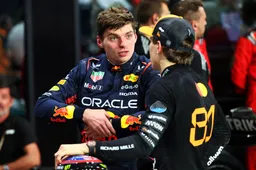
1
Norris crash gave Lambiase crucial idea says Max: 'It was the right call'
1632 times read
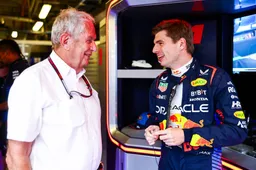
2
Marko makes striking statement after Verstappen's pole: 'McLaren bluffed quite a bit'
1358 times read
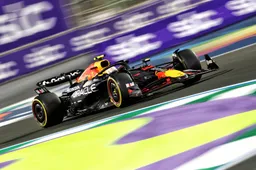
3
F1 Live | Follow Qualifying for the 2025 Saudi Arabian Grand Prix!
916 times read
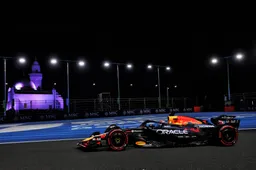
4
Max Verstappen flies to pole in Jeddah, Norris crashes out!
892 times read
